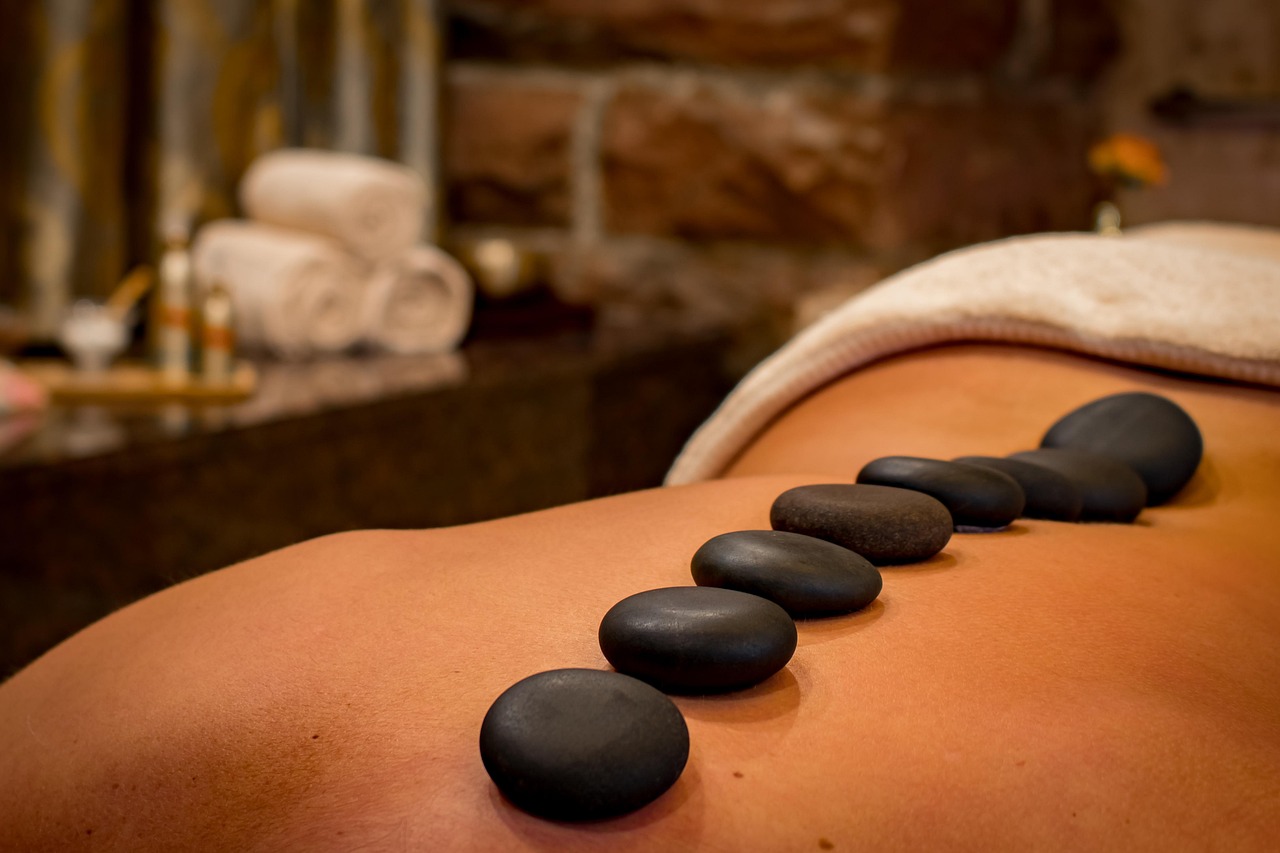Whether you’ve been considering a hair transplant or are planning one, choosing the right season could make a meaningful difference in your comfort and recovery. Let’s weigh the pros and cons of each season to help you find the most suitable timing.
Winter presents a more conducive recovery environment. Colder temperatures naturally reduce perspiration and lower the risk of infection, while cloudier skies limit direct sun exposure—ideal for protecting vulnerable graft sites in the early weeks.
For patients looking to have their hair surgery done in London or any part of the UK, considering the weather is a key factor in knowing if summer or winter is the best time.
The seasonal apparel—beanies and scarves- offers discreet coverage for healing scalps, providing comfort and concealment. Yet, patients should be cautious of indoor heating, which may dry out the scalp, and should choose soft, breathable headwear to avoid friction-based irritation
With more flexible schedules during holiday months, many opt to undergo procedures during summer and take the recommended two weeks off work without raising eyebrows on a holiday. Warm weather also stimulates blood circulation and vitamin D production, potentially supporting faster healing and follicle integration.
However, patients must manage elevated risks—high UV exposure, heat-induced sweat, and frequent travel can lead to scabbing, irritation, or infection. Adopting sun-safe habits like loose hats and umbrellas, and staying well-hydrated, becomes essential.
Mild temperatures reduce UV and sweat-related risks while allowing patients to recover indoors without extreme conditions. The moderate climate supports steady healing without the need for extreme sun protection or risk of cold-related scalp dryness.
Clinics commonly recommend these shoulder seasons for elective hair transplant procedures, not because they directly influence graft survival, but because they align best with practical recovery routines and consistent aftercare.
Winter offers significant advantages for post‑transplant recovery. Cooler temperatures and shorter daylight hours naturally reduce sun exposure, a major risk for delicate new grafts, making early months of healing safer and more protected.
Additionally, the common use of winter accessories like hats, scarves, and beanies provides built-in, discreet shielding that supports healing without drawing attention.
The season also aligns well with indoor-focused routines, such as holiday breaks, allowing for restful recovery without the pressure to resume an active or visible social calendar.
However, winter also brings unique challenges. The combination of dry outdoor air and indoor heating systems can significantly dehydrate the scalp, leading to dryness, flakiness, or itchiness—all of which may disrupt graft healing
To counter this, frequent moisturising with doctor-approved products and environmental adjustments, like using humidifiers, are essential to maintain scalp comfort and graft integrity. Without proper attention, dryness can slow healing and increase the risk of irritation. Hair transplant clinics, like Fuehairtransplantlondon.co.uk, educate patients on how to manage the
Finally, the cold elements present their threats. Winds and low temperatures may constrict blood vessels on the scalp, potentially impacting circulation and the natural healing process. Patients are advised to shield their heads with loose-fitting, breathable hats or scarves to preserve warmth and prevent windburn, while avoiding tight garments that may rub against grafts. With thoughtful care, winter can provide an ideal environment for recovery, balancing protection with convenience.
Fall & Spring: The Balanced Seasons
Many clinics—and patients—pin their hopes on autumn or spring, offering balanced conditions:
- Moderate light and temperature: Ideal UV and heat levels minimise sun and sweating risks.
- Comfortable recovery: No extremes of hot or cold, easy to shield from any sun or wind impact.
So, which season should you choose for a hair transplant? There’s no one-size-fits-all answer; it all comes down to your situation and readiness. First, consider your schedule. Do you have the flexibility to take time off during a holiday?
Many opt for winter procedures tied to Christmas or Easter breaks, knowing they can heal indoors during naturally quieter months.
Alternatively, a summer transplant may fit better for those who can afford a post-op holiday, using warm weather to stay mobile while recovering.
Next, think about your lifestyle. If you’re frequently outdoors or sun-sensitive, cooler seasons like autumn or winter may offer relief through less UV exposure and easier scalp protection with hats or scarves, without the risk of overheating. On the other hand, if your life is flexible and you’re prepared to manage sun-blocking and sweat barriers, a summer transplant can be safe and convenient.
Finally, assess your care commitment. Regardless of the season, success hinges on diligent aftercare: avoiding direct sun, managing sweat, and dressing your scalp with breathable, non-abrasive coverings for the first weeks.




